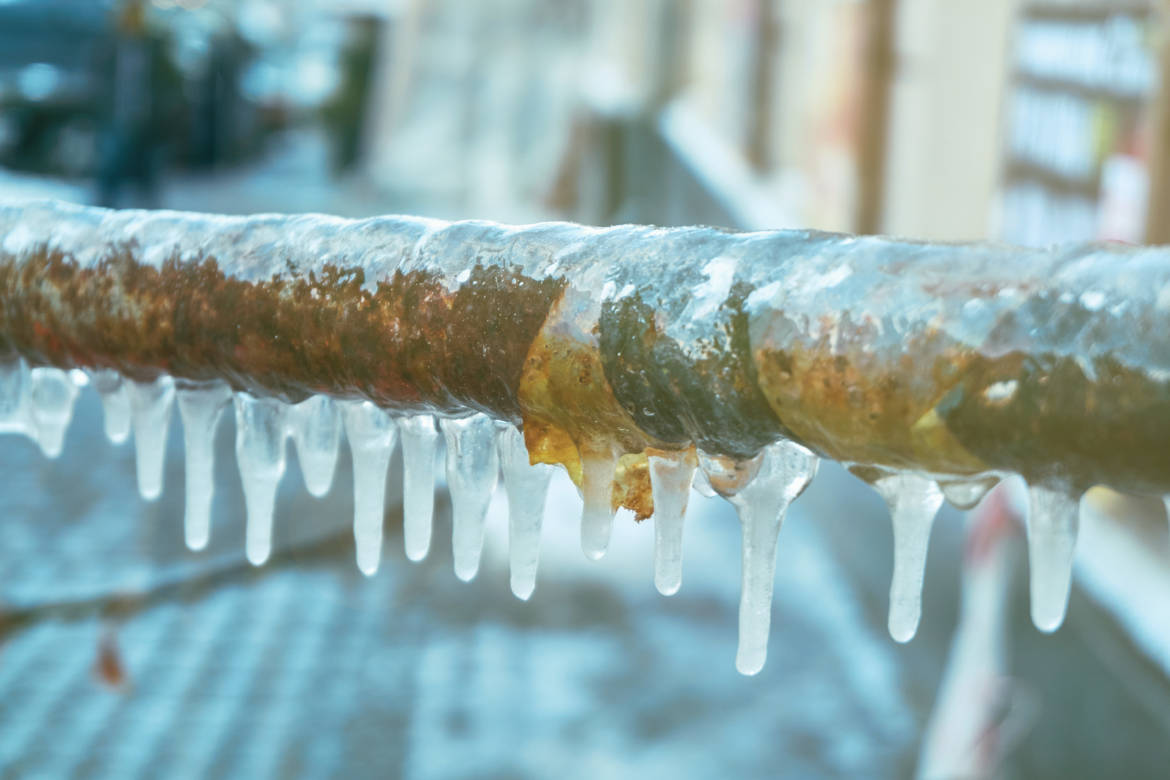Protecting Against Frozen Pipes in Cold Weather: Essential Strategies
Protecting Against Frozen Pipes in Cold Weather: Essential Strategies
Blog Article
Just about every person is bound to have his or her own idea involving How To Avoid Freezing Pipes.

Cold weather can wreak havoc on your pipes, specifically by freezing pipelines. Below's how to prevent it from happening and what to do if it does.
Introduction
As temperatures decline, the threat of icy pipes increases, potentially leading to pricey fixings and water damages. Comprehending how to stop icy pipes is crucial for home owners in chilly climates.
Avoidance Tips
Insulating at risk pipes
Wrap pipes in insulation sleeves or utilize heat tape to secure them from freezing temperatures. Focus on pipelines in unheated or exterior locations of the home.
Home heating techniques
Maintain indoor spaces appropriately heated, particularly locations with plumbing. Open cupboard doors to enable cozy air to circulate around pipes under sinks.
Exactly how to determine icy pipes
Try to find reduced water circulation from taps, unusual smells or noises from pipelines, and visible frost on revealed pipes.
Long-Term Solutions
Architectural adjustments
Think about rerouting pipes far from outside wall surfaces or unheated locations. Include added insulation to attics, cellars, and crawl spaces.
Upgrading insulation
Purchase high-grade insulation for pipelines, attics, and walls. Proper insulation aids keep regular temperature levels and lowers the danger of frozen pipes.
Shielding Outside Plumbing
Yard pipes and outdoor taps
Disconnect and drain pipes garden hoses prior to winter season. Install frost-proof faucets or cover outdoor taps with insulated caps.
Recognizing Frozen Pipelines
What creates pipes to freeze?
Pipelines freeze when subjected to temperatures listed below 32 ° F (0 ° C) for extended durations. As water inside the pipelines freezes, it increases, putting pressure on the pipeline walls and potentially causing them to break.
Dangers and problems
Frozen pipelines can lead to water disturbances, property damages, and costly repair services. Ruptured pipelines can flood homes and cause extensive architectural damage.
Indicators of Frozen Water Lines
Recognizing frozen pipelines early can stop them from breaking.
What to Do If Your Pipelines Freeze
Immediate activities to take
If you presume frozen pipelines, maintain taps open to ease pressure as the ice melts. Make use of a hairdryer or towels taken in warm water to thaw pipelines gradually.
Final thought
Stopping frozen pipelines requires aggressive steps and quick feedbacks. By recognizing the reasons, indicators, and safety nets, home owners can secure their pipes during winter.
5 Ways to Prevent Frozen Pipes
Drain Outdoor Faucets and Disconnect Hoses
First, close the shut-off valve that controls the flow of water in the pipe to your outdoor faucet. Then, head outside to disconnect and drain your hose and open the outdoor faucet to allow the water to completely drain out of the line. Turn off the faucet when done. Finally, head back to the shut-off valve and drain the remaining water inside the pipe into a bucket or container. Additionally, if you have a home irrigation system, you should consider hiring an expert to clear the system of water each year.
Insulate Pipes
One of the best and most cost-effective methods for preventing frozen water pipes is to wrap your pipes with insulation. This is especially important for areas in your home that aren’t exposed to heat, such as an attic. We suggest using foam sleeves, which can typically be found at your local hardware store.
Keep Heat Running at 65
Your pipes are located inside your walls, and the temperature there is much colder than the rest of the house. To prevent your pipes from freezing, The Insurance Information Institute suggests that you keep your home heated to at least 65 degrees, even when traveling. You may want to invest in smart devices that can keep an eye on the temperature in your home while you’re away.
Leave Water Dripping
Moving water — even a small trickle — can prevent ice from forming inside your pipes. When freezing temps are imminent, start a drip of water from all faucets that serve exposed pipes. Leaving a few faucets running will also help relieve pressure inside the pipes and help prevent a rupture if the water inside freezes.
Open Cupboard Doors
Warm your kitchen and bathroom pipes by opening cupboards and vanities. You should also leave your interior doors ajar to help warm air circulate evenly throughout your home.

I ran across that piece of writing about 6 Ways to Prevent Frozen Pipes when browsing on the search engines. Remember to take a moment to promote this blog post if you enjoyed it. Thanks so much for your time spent reading it.
Call Today Report this page